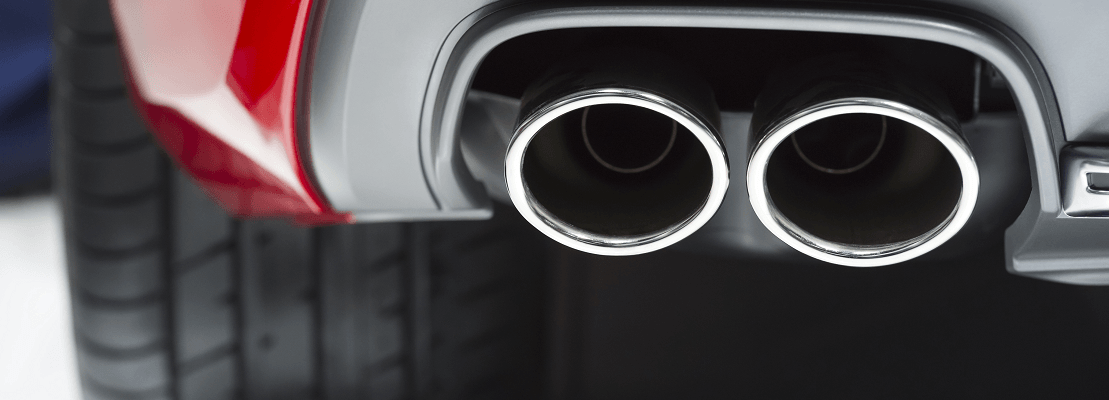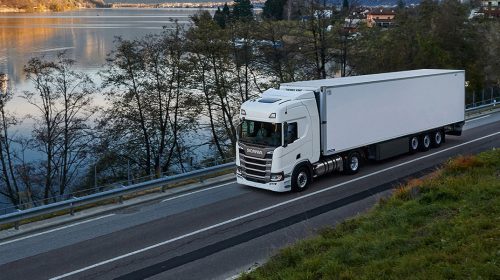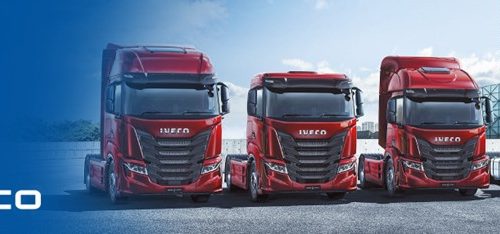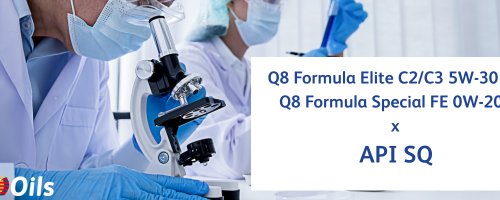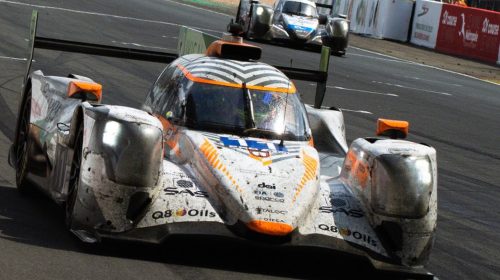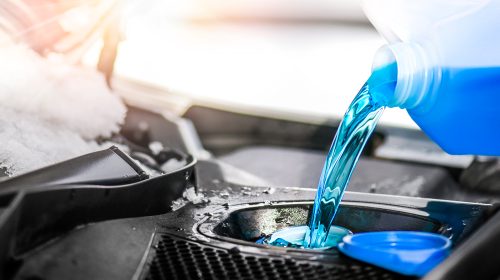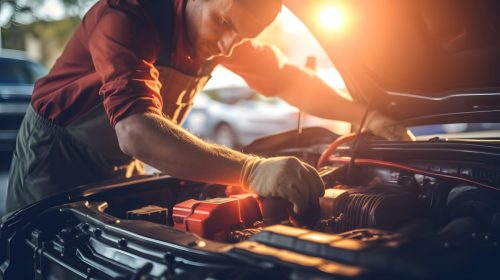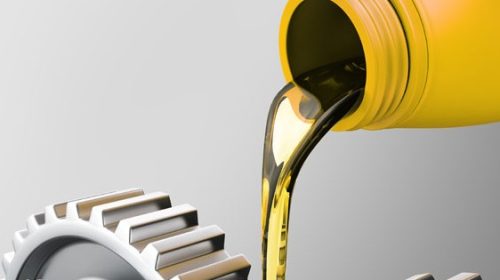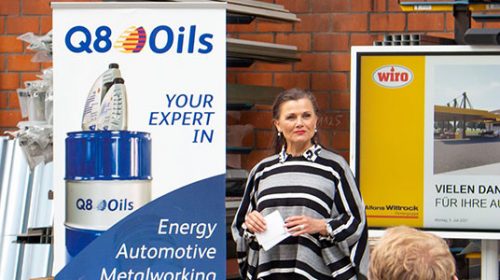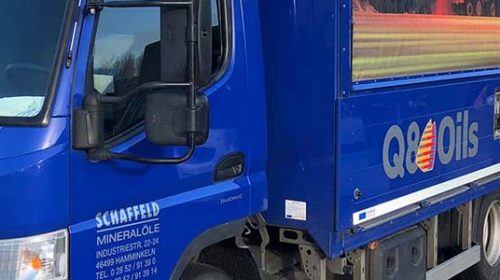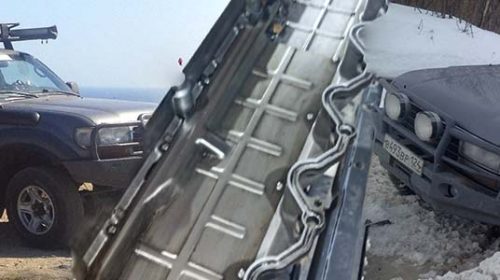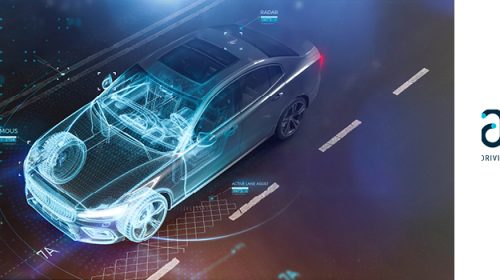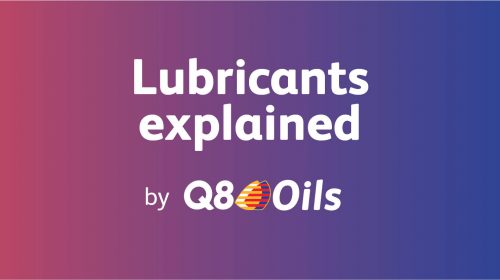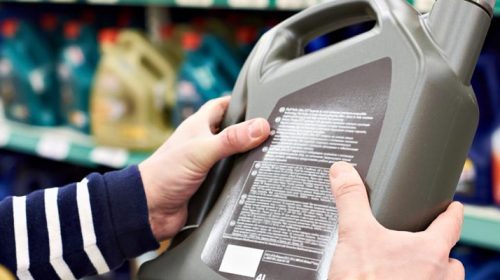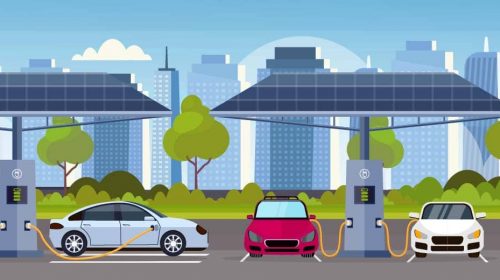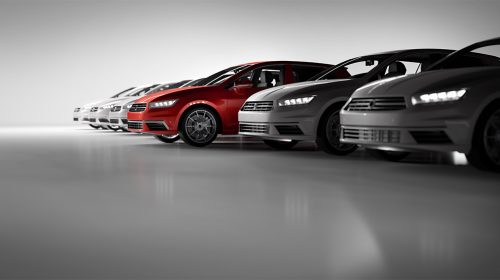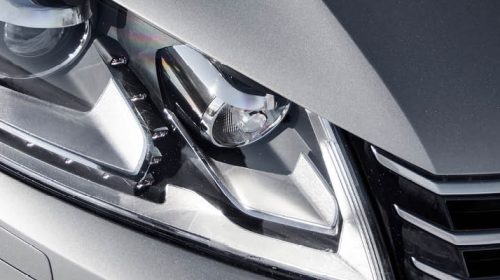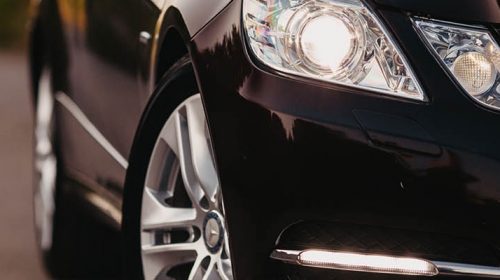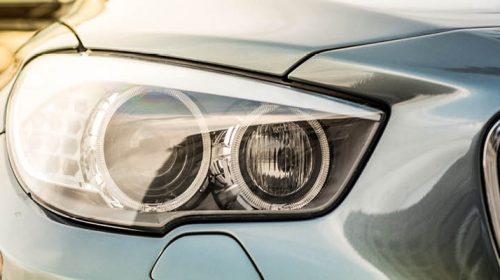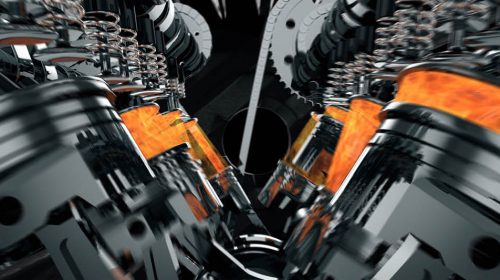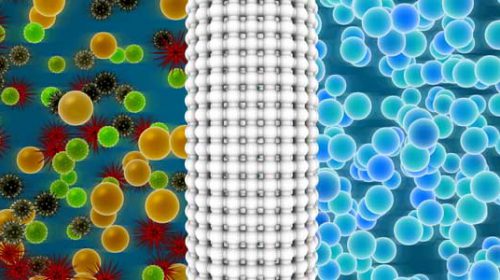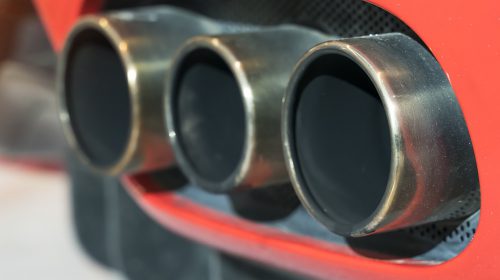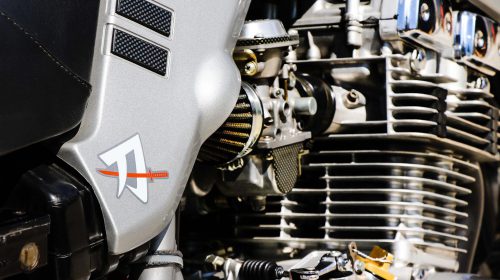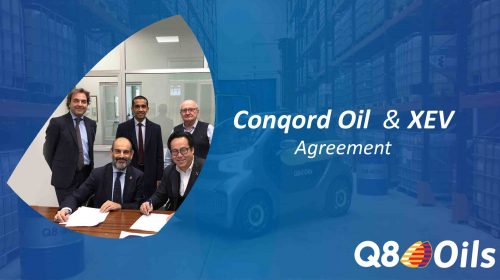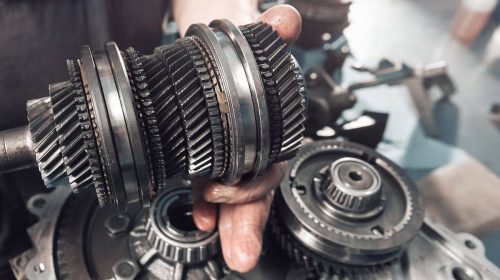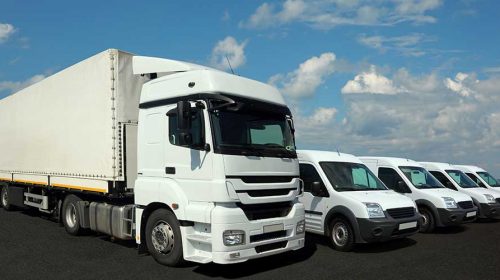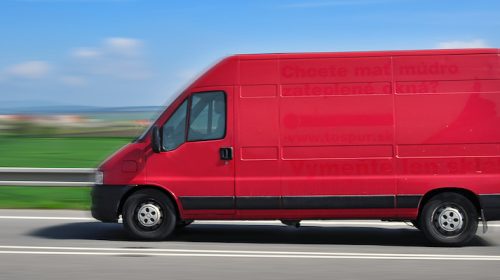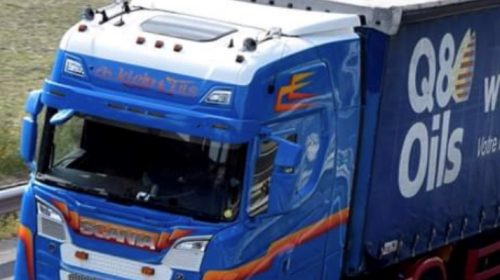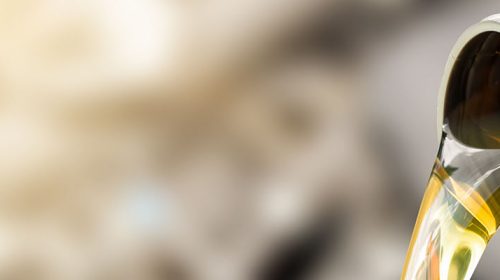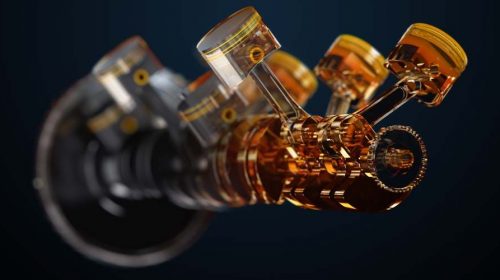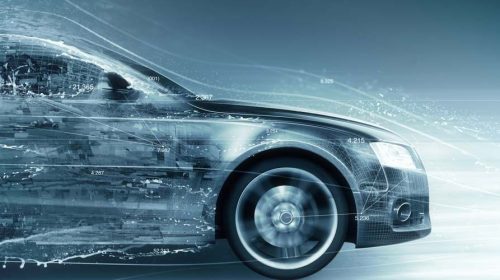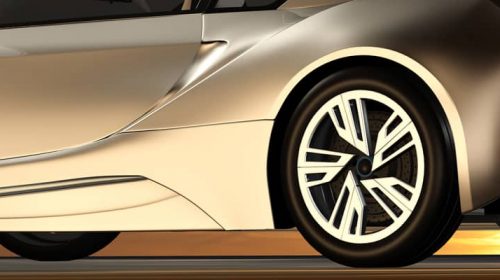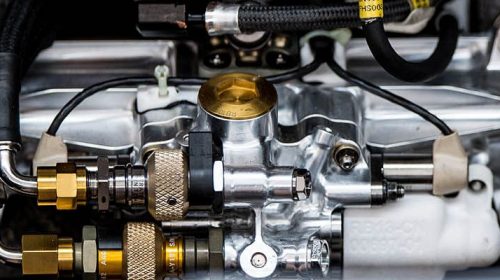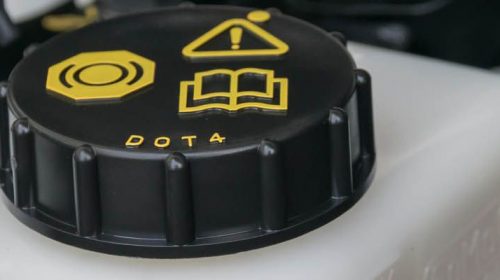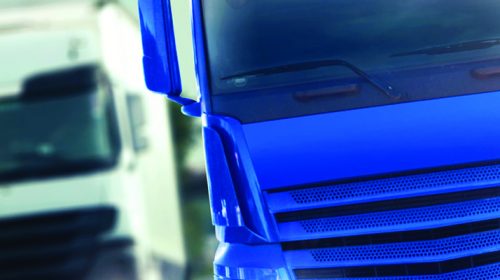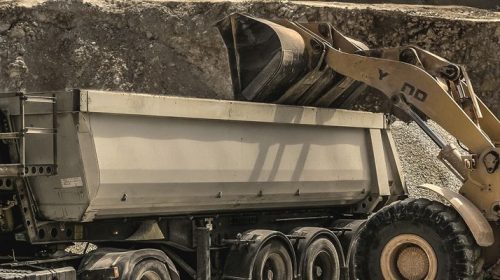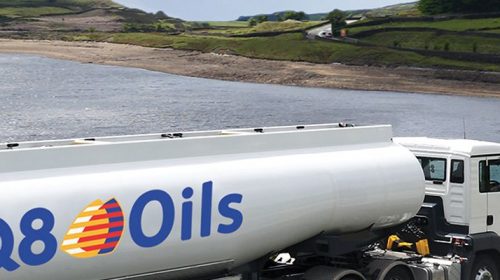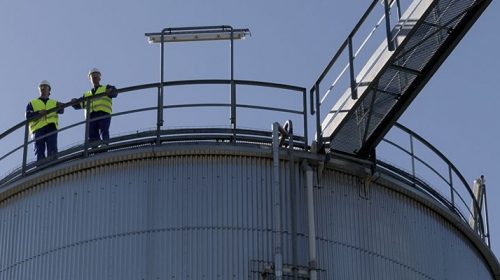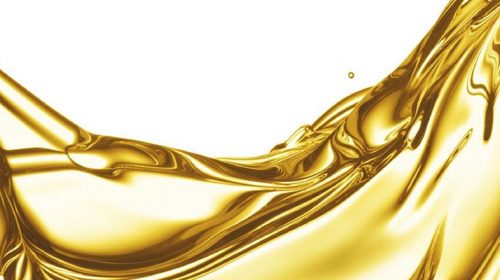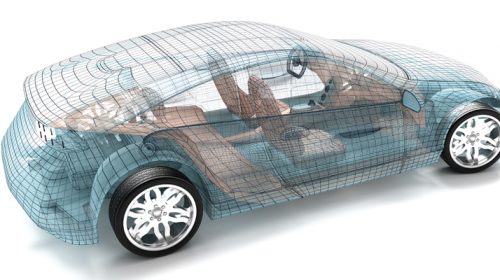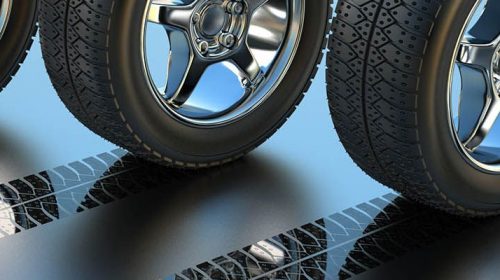The evolution of EURO emissions legislation has been key to reduce emission levels of passenger cars (PCMO) and heavy-duty vehicles (HDDO) in Europe. To meet these challenging regulations, vehicle manufacturers have come up with advanced engine designs and sophisticated after treatment devices. Additionally, innovative lubricant technology helps to lower emissions.
Driving vehicles emissions are any fumes that come out of the engine during operation. The main air-quality pollutant emissions from petrol- and diesel engines are:
• Carbon monoxide
• Nitrogen oxides (NOx)
• Un-burnt hydrocarbons
• Particulate matter (PM)
The Euro emissions legislation regulates the emissions of these pollutants. The regulated emission levels have decreased 98 % since 1990, making Europe on of the regions with the most stringent emission legislation.
Euro VI norm tightens emission limits for HDDO
The Euro VI standards for all new heavy-duty diesel trucks have been introduced in January 2014. Compared to the previous Euro V norm, the limits of Euro VI are extremely strict, posing a serious challenge for engine designers:
- NOx-level is reduced by 80% to 0.4g/kWhNOx
- PM is reduced by 50% to 0.01 g/kWh
Euro VI not only considers the weight op PM, but also the number of particulates. Additionally, the latest emission standard addresses the efficiency of the exhaust after treatment device.
Read more about Euro VI in the technical summary of Euro 6/VI vehicle emission standards of the ICCT (International Council on Clean Transportation).
30 years ago, 1 heavy on-highway truck produced the same level of particulate matter as 100 heavy good vehicles produced today.
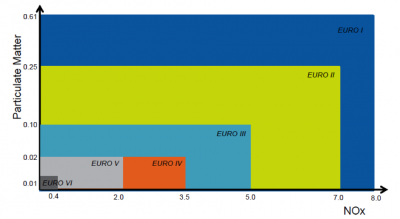
How vehicle manufacturers and OEM’s lower emissions
To meet the stringent emission regulations, car and engine builders have come up with a combination of several solutions:
- Advanced Engine Technology includes Common Rail and High-Pressure Injection (CR), Variable Geometry Turbocharging (VGT), Exhaust Gas Recirculation (EGR) and High Efficiency Oil Separators for the Closed Crankcase Ventilation circuit (CCV).
- Sophisticated after treatment systems include Diesel Oxidation Catalysts (DOC), Diesel Particulate Filters (DPF) and Selective Catalytic Reduction (SCR) with Ad Blue injection.
Diesel Particulate Filters were introduced to reduce particulate matter, required to meet Euro IV. These devices remove diesel particulate matter or soot from the exhaust gas of diesel engines. All new trucks are fitted with DPF’s in order to meet these standards.
Many commercial vehicles also use Selective Catalytic Reduction in combination with a urea-based additive to help reduce NOx emissions. This technology alone can achieve NOx reductions up to 90 %.
How innovative lubricant technology helps lowering emissions
The global drive for lower emissions greater fuel efficiency and presents Original Equipment Manufacturers with new challenges. At Q8Oils we develop innovative lubricant technology that helps to make huge advances in lowering emissions for both passenger cars and heavy-duty vehicles.
Our lubricants with lower viscosity and HTHS support new engine technologies, improving fuel economy.


